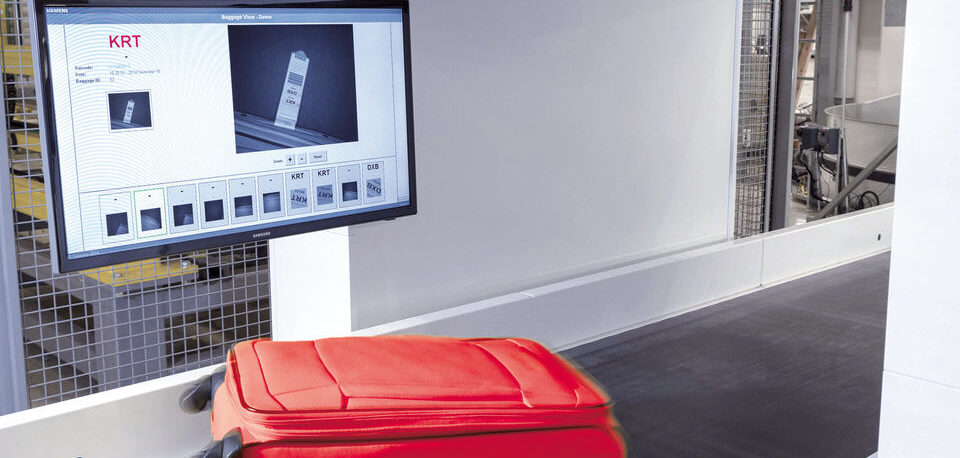Siemens Logistics has launched a new version of its baggage handling and airport operations software Baggage 360.
The package provides airports, airlines and ground handlers with real-time baggage flow forecasting, an interactive map of all airfield movements, and a resource planning and simulation tool. This, says Siemens, enables airport stakeholders to plan and allocate their fixed, mobile and human resources optimally, leveraging cloud technology to offer more IoT functionalities and predictions driven by artificial intelligence (AI).
“The new release of Baggage 360 is an important step toward a digital twin for baggage handling processes,” says Michael Reichle, CEO of Siemens Logistics. “The virtual representation of real-time operations helps airports to monitor and manage processes remotely and intuitively. Our pilot customers were impressed by how additional functionalities increased their operational efficiency.”
The software consists of a suite of applications to assist with operations, including forecasting functions that utilize AI and machine learning algorithms to anticipate expected baggage volumes for the next 24 hours and pinpoint potential bottlenecks or malfunctions. This allows for proactive collaboration, reliable predictions and actionable recommendations to make processes as efficient as possible. For example, the resource planning tool can be used to change a flight’s make-up or laterals assignment to shorten baggage journey time.
Siemens says that as part of a pilot test, Baggage 360 improved the average end-to-end travel times by nine minutes. This was achieved through smarter planning and allocation of laterals – the points at which ground handlers feed the baggage handling system with transfer bags. Furthermore, on a single day, the software contributed to 22% fewer left-behind bags. Not only did this lead to an improved customer experience but also reduced repatriation costs by thousands of euros.

